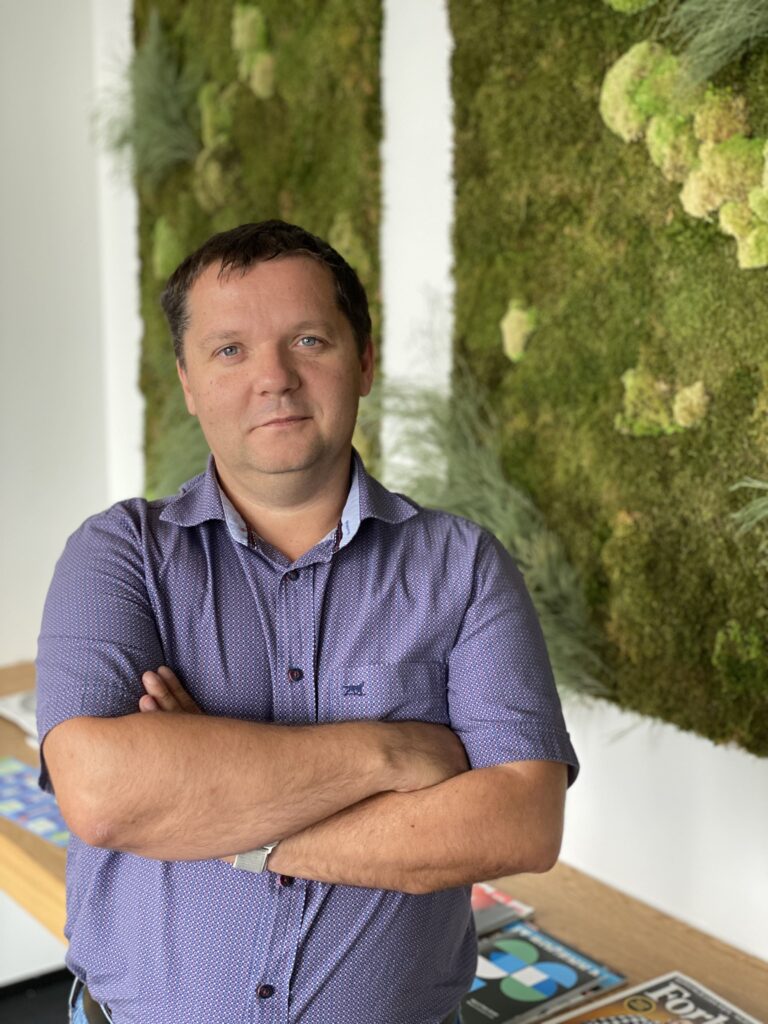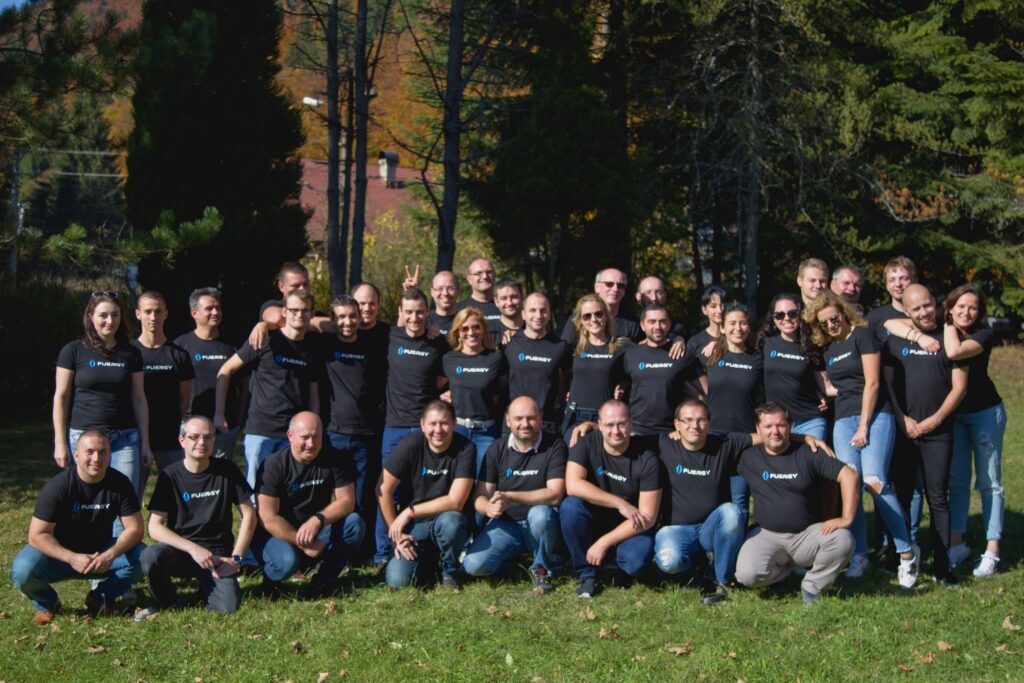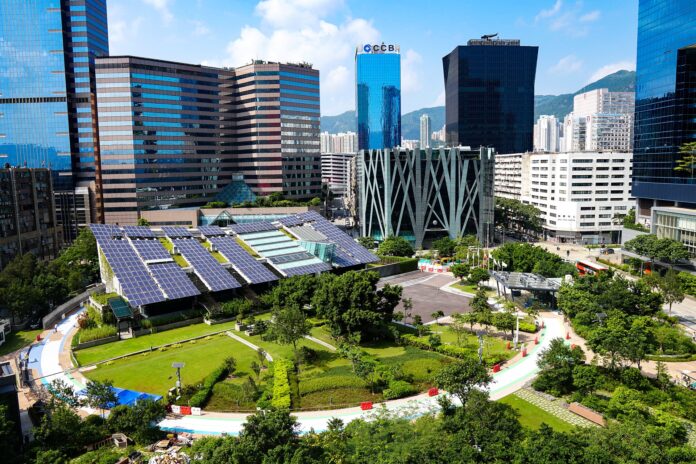The need for energy transitions – a future based on renewables
An energy transition larger and quicker than ever before is essential in order to keep global
warming, measured against the temperature pre-coal, well below 2 °C. Today, we are relying on
fossil fuels and our transition must mean that in the next few decades we are able to create a
system that relies approximately 90% on renewable energy sources. The good news is that
governments seem to be aware of the need to change and are willing to incentivize this process. The growth in renewable-generation capacity largely relies on policies – subsidies have the capability to boost supply chains and lower the cost of renewable technologies , but other external, market-based factors may also incentivize consumers to switch for the better and more sustainable options.
One such market factor may be companies emerging to make households and businesses transition by offering them solutions that make renewable energy generation and consumption more economical. We definitely need to see an increase in the use of renewables and a higher tendency to think about the long-term benefits of such investments.
The role of AI in managing the electricity supply systems – FUERGY’s aims
With the aim of optimizing energy consumption and maximizing the efficiency of renewable energy sources, FUERGY has developed a scalable device and an AI-powered software, called brAIn. The innovation, thanks to an automated energy management system, addresses the reduction of energy costs and incentivizes consumers with a three-year payback period of their investment. The company’s mission is to create a new and smart way of generating and consuming electric energy, incentivizing more and more people to change to renewable energy use and accelerate the transition to a more sustainable world relying on sustainable energy sources and eliminating the dependence on fossil fuels.
Solar panels many times produce energy during the day when people are not at home. Most of the
energy consumption of households takes place in the morning, before work, or in the evening, after work when the panels are not working in the most efficient way. The excess energy produced during the day can be sold to the grid; however, this largely depends on the regulations of a specific country. Many times, the purchasing price of the energy sold to the grid is usually low compared to the price of the energy households pay for it. Another possibility is energy storage in batteries. Utilization of such stored energy can significantly reduce the price of electricity. This means that the return on investments into the battery and the solar panels quickly pay off.
An alternative way of sharing electricity – a benefit for all
“What if the battery is already charged at noon and part of the energy from the solar panel is not
utilized efficiently because it’s not worth selling it to the grid? There is a solution even for this
situation. Imagine you can sell or donate the stored energy to another user of your choice. For
example, it could be the school your children go to. This would reduce the school’s energy costs and they could invest in a similar system in the future. The school would then share cheaper energy with you during weekends. Together, you can create a so-called energy community and achieve greater self-sufficiency and lower electricity bills by sharing the capacities of your batteries and renewable sources.” (https://fuergy.com/en/blog/the-duck-curve)

FUERGY’s software, brAIn
Consumers, by using the software, brAIn, utilize a system which helps them receive the cheapest
energy supply in a convenient way. The hardware and AI-powered software aims to provide an
efficient management of the energy outflow and inflow. The built-in AI algorithms optimize the
usage of green energy production, consumption, and storage. The software may automatically
detect the counterpart for the electric energy sharing, therefore, effectively supporting the creation
of local energy communities and it does so in a way of selecting the most cost-effective option. The decisions are based on a huge collected dataset and a forecast based on this. The point of delivery can be a household, but also a commercial or public building.
Make a change at the local level
The concept of FUERGY is built around a decentralized way of generating and sharing electric
energy. The new energy ecosystem allows users and their devices to be connected through the
automatic AI-powered energy sharing platform. Within this ecosystem, people can power not only their homes, but also the neighborhood they live in. The “new energy ecosystem” includes both those who plan to begin producing green power and those who already utilize renewable energy sources. Onces several FUERGY devices are connected together, customers can leverage the accumulative capacities of their home batteries and create synchronized and self-sufficient
microgrids. FUERGY also offers off-grid installation, and in this case, the system focuses on the
precise optimization of consumption.

Over the past few years, there have been initiatives for collaborative consumption and the idea has generally been very welcome by consumers. We can see changes across all segments of our lives. We are now sharing our homes by using Airbnb, our cars by using for example Uber, and we are smarter and more economical in our decisions. In order to reduce the impacts of global warming, to slow the process, we quickly need to find many alternative solutions to all of our systems. One of the major areas where we urgently need changes is energy consumption. Buildings, our offices and homes, offer us the biggest opportunity to reduce the impact of our energy use on the planet. We urgently need to switch to renewable energy resources, such as the wind and the sun. AI solutions, such as FUERGY may be a way to help us step on this road.



